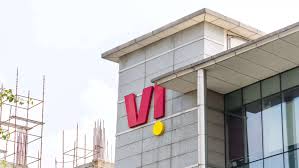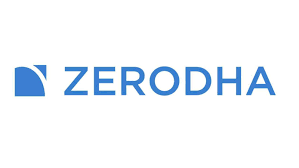Vodafone Idea (VIL) has finalized a massive $3.6 billion deal with Nokia, Ericsson, and Samsung to supply network equipment over the next three years. This marks the first phase of the company’s three-year capital expenditure plan of $6.6 billion, aimed at expanding 4G coverage from 1.03 billion to 1.2 billion people, launching 5G in key markets, and increasing network capacity to accommodate growing data demand.
Akshaya Moondra, CEO of Vodafone Idea, emphasized the company’s commitment to investing in emerging network technologies, stating, “We are kicking off our investment cycle to offer a best-in-class experience to our customers. This marks the beginning of our journey towards VIL 2.0 and positions us to capture growth opportunities in the industry.”
Moondra highlighted the continued partnerships with long-standing vendors Nokia and Ericsson, while welcoming Samsung as a new partner following successful trials of its virtualized RAN (vRAN) technology. “We are excited to collaborate with all our partners as we transition into the 5G era,” he added.
Nokia and Ericsson Score Big, Samsung Gains Entry
European telecom giants Nokia and Ericsson secured significant portions of the deal, with Nokia reportedly winning over 50% of the contract in terms of volume and Ericsson receiving around 40%. Samsung, a new player in Vodafone Idea’s vendor lineup, captured a smaller share but is poised to expand its footprint in India’s telecom market. The deal comes as a relief to both Nokia and Ericsson, which have experienced declining sales due to reduced global 5G spending.
Vodafone Idea’s network equipment orders with Nokia and Ericsson were initiated earlier this year in key service areas. The two European firms also managed to secure business in telecom circles previously dominated by Huawei and ZTE.
Samsung, which has already established itself as a 4G equipment provider for Bharti Airtel and Reliance Jio, is looking to bolster its presence further in India. However, despite considering US-based Mavenir’s OpenRAN technology, Vodafone Idea chose not to proceed with a commercial deal, citing the traditional vendors’ superior technology.
Capex and Funding Plans
The current capital expenditure is being funded through equity, with long-term funding plans in the final stages of discussions with both existing and new lenders. Vodafone Idea aims to secure ₹25,000 crore in funded facilities and an additional ₹10,000 crore in non-fund-based facilities. The telecom company, which has 200 million subscribers, has approached several public sector non-banking financial companies (NBFCs) for funding support.
A techno-economic evaluation of the company’s long-term projections was recently completed and submitted to banks for internal evaluations, moving Vodafone Idea closer to securing the necessary capital for its expansion plans.
As of Q1 FY2024-25, Vodafone Idea’s net debt stood at $28 billion, including an Adjusted Gross Revenue (AGR) liability of $8.5 billion. Only 20% of this debt is principal, while the remainder consists of interest and penalties.
These new contracts are expected to allow Vodafone Idea to enhance customer experience, reduce churn, and achieve energy efficiency, ultimately lowering operating costs. The rollout of new equipment will begin in the coming quarter, with a top priority on expanding 4G coverage to 1.2 billion people across India.


